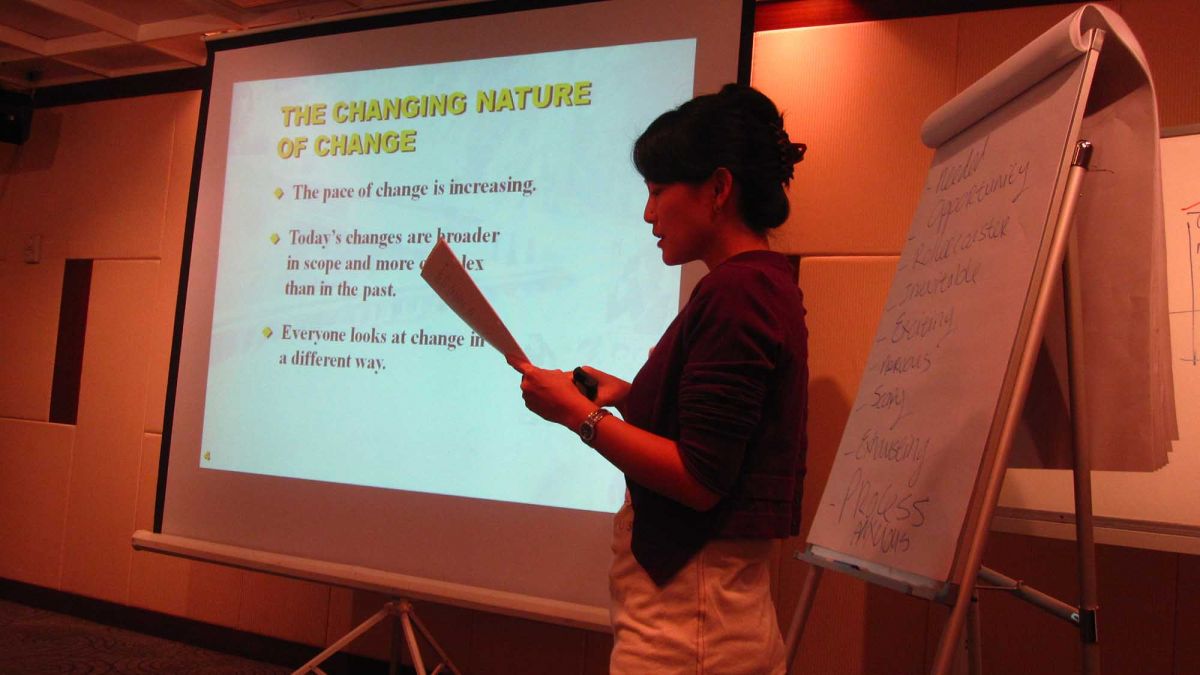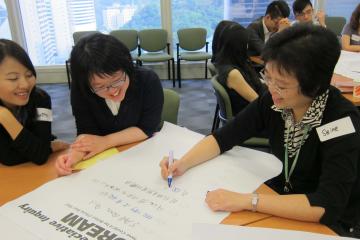They say change is inevitable, except from vending machines and this has led to a demand for companies to help their teams embrace and understand how to move through the change process quickly and effectively. A shift we are observing more and more is for technically proficient staff being told to become more client focused and this change is viewed as dramatic but unavoidable. So what is the solution? Well the good news is that even those who love change, mainly the active and adventurous employees, go through the exact change process feelings as someone who dislikes and even fears change in the workplace.
Our Mastering The Change Curve Assessment presents the stages of change in graphical form and can plot where team members are currently in regards to the change happening. Using a real example of a change they have experienced and survived in the past helps to create a practical understanding and a reference to accept the current change. For example, IT Departments who are by nature technically driven may have difficulty in the transformation to being in a client facing role. To help understand the change curve, discussing the experience of Y2K provides an excellent reference point. Yes it seems long ago and not such a big deal now, but at the time was a major shock to the IT system. Original feelings of shock and dissent lead through a process of struggle to searching for solutions to finally a dedicated outcome where computer systems were running at top efficiency and the change was exceptionally beneficial. Moving to the current change challenge, all team members will go through the exact same stages they experienced during Y2K, namely Denial, Resistance, Exploration, and Commitment. Guidance and strategies are provided to aid teams in moving through to the next stage and once they’ve mastered all four the have successfully managed the change. Maybe even just in time to get ready for the next change!




